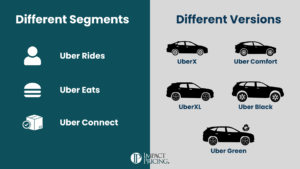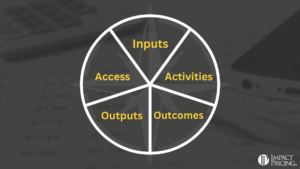Many companies use cost-plus pricing. I’d say nearly all hardware companies, and service companies with fixed costs, use cost-plus pricing in some way. And yet, pricing people know this isn’t ideal (or at least, they should) since it leaves money on the table.
Most of the time, cost-plus pricing doesn’t make sense. Imagine you build a product for $10, and want a 50% margin. This means you price it at $20. But what if your market would pay you $50? Shouldn’t you try to capture that? And what if your market would only pay you $15? At $20, you either leave money on the table, or you don’t sell. It’s an arbitrary number, based on what you want – rather than a meaningful figure, based on your customer’s willingness to pay.
We should always, as much as possible, price based on how much our buyer is willing to pay. Easily said, hard to do.
Now, why do companies use cost-plus pricing? It’s usually because they want to cover their costs while being competitive on price. Finance sets margin goals for the company, and this becomes the cost-plus price-setting mechanism. Note however, that this is not a great reason to do cost plus. It might look like you’ll meet your margin goals on paper, but it doesn’t optimize the return on your innovation.
That being said, I can think of a couple of instances when it makes sense to use cost-plus pricing:
If you have tens of thousands of products to price, it would be cumbersome and unrealistic to use value-based pricing (VBP) on every single one. Imagine you are pricing every item at a retailer, or every item at a distributor. Pure VBP isn’t practical in these circumstances.
However, in these situations, we can and should use VBP for portfolios of products. There may be brands or product lines where you have no competition, for example. Those should have higher margins. The brands or product lines that tend to attract new customers should have a lower margin. Even though you are likely using a cost-plus pricing model, the ‘plus’ part doesn’t have to be identical for every product. The margin you can earn should be dependent on the product, the competition, the buyers and their buying process (especially the last two).
The other scenario where cost-plus pricing makes sense is when your costs fluctuate dramatically. For example, in the chemical industry, it is common to quote prices as a function of the price of a raw material. Buyers see this as fair, and it helps finance people maintain their margin goals. However, even in this situation, you still want to use the underlying principles of VBP to determine what margin you should charge different types of customers or situations.
So, yes, cost-plus pricing can make sense some of the time. However, blanket cost-plus never makes sense. Even when we feel we have to use cost-plus pricing, we should still look for ways to charge our buyers as close to their willingness to pay as possible. Don’t just accept cost-plus pricing on its own. If you do, I guarantee you’re leaving money on the table.















